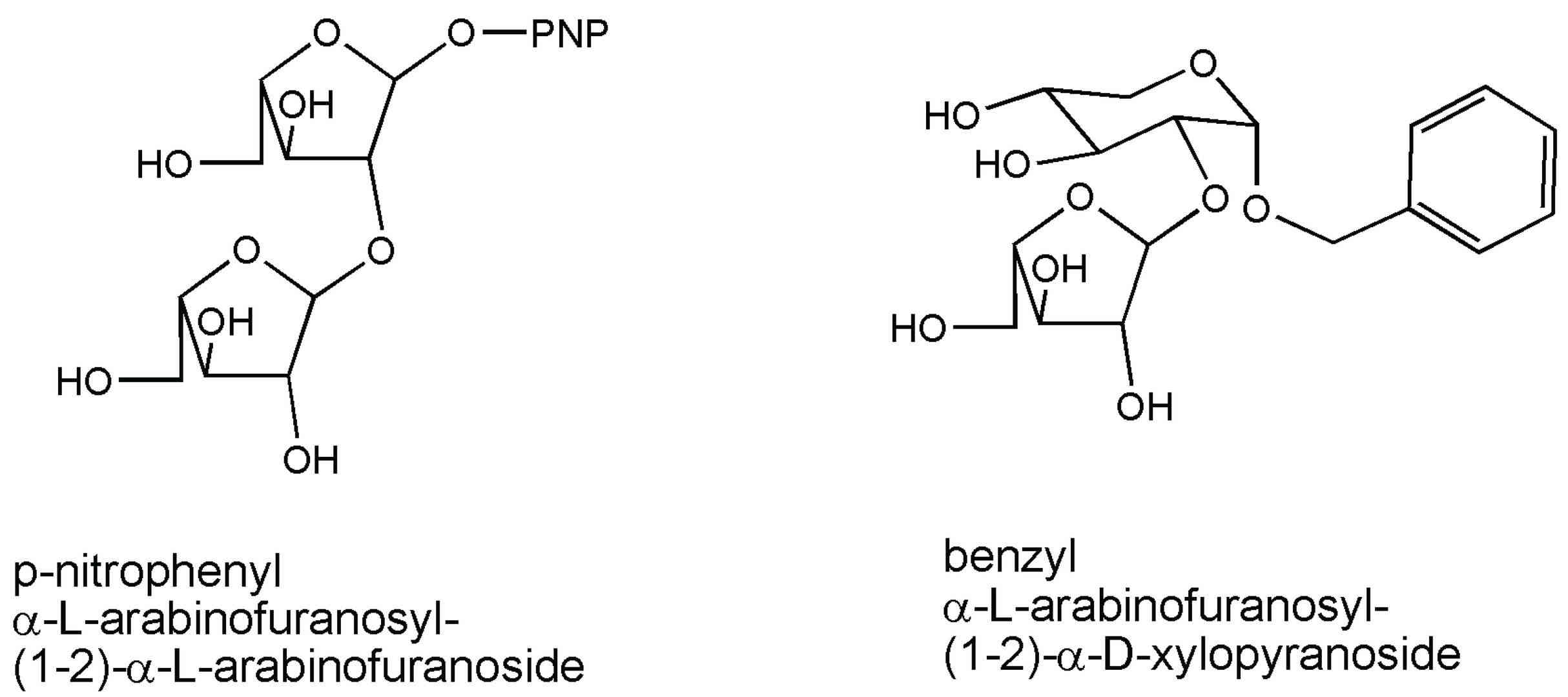What are Glycosidases and Their Uses?
What are Glycosidases?
Glycosidases are carbohydrases-enzymes that catalyse the hydrolysis of glycosidic bonds to liberate monosaccharides and oligosaccharides of lower molecular weight than the native simple as well complex carbohydrate substrates. These enzymes are widely distributed in nature and exist in all organisms, including the degradation of biomass, such as cellulase and amylase, antibacterial defense strategies (such as lysozyme), pathogenesis (such as viral neuraminidase), and normal cell function (such as glucosidase). Together with glycosyltransferases, glycosidases constitute the main catalytic mechanism for glycosidic bond synthesis and cleavage.
Structural Features of β-Glucosidase
The primary structures of maize and sorghum β-glucosidases possess highly conserved peptide motifs TENEP and ITENG, which contain the two glutamic acids (Glu-191 and Glu-406) involved in the general acid/base catalysis and the respective family 1 β-glucosidases nucleophiles. A part slot-like active site was formed by these residues necessary for the substrate hydrolysis.
Advantages of Enzymatic Glycosylation Over Chemical Methods
There are many advantages of using glycosidases:
-
Exploitation of regio- and stereospecificity and selectivity
-
Milder reaction conditions
-
Non-generation of by-products associated with the use of several chemical procedures
-
Improved product yield and better product quality
-
Use of nonpolar solvents which impart stability to glycosidases, renders insolubility of the enzyme, solubility of alcohols and products in organic solvents, and easy product workout procedures
-
No protection activation and deprotection required
-
Less environmental pollution
What are Glycosidases for Use?
The application of glycosidases as catalysts in the future bioeconomy is promising. These enzymes have a variety of uses, including the degradation of plant matter, invertase in the food industry, and enzyme (xylanase) in the paper and pulp industry. In organic chemistry, glycosidases can be used as synthetic catalysts to form glycosidic bonds by reversing the reverse hydrolysis of equilibrium positions or to obtain new glycosides by transglycosylation. Mutant glycosidases called glycosynthase have been developed to obtain high-yield glycoside synthesis from activated glycosyl donors. Various glycosidases have shown good effects in degrading matrix polysaccharides in microbial biofilm extracellular polymers (EPS). Degradation of biofilm can improve the efficacy of antibiotics and enhance the immune function and healing ability of the host.
 Fig.1 Arabinofuranosides synthesized by thermophilic α-l-arabinofuranosidase.1, 2
Fig.1 Arabinofuranosides synthesized by thermophilic α-l-arabinofuranosidase.1, 2
Custom Services for Glycobiology Research
Creative Biolabs is a comprehensive and leading biology company. We have senior experts in glycobiology research projects, and our technical staff have accumulated rich project experience. In addition to the customized services, we can also provide a variety of advanced technologies, including but not limited to Lectin Microarray, MS, LC-ESI-MS, MALDI-TOF MS, GC-MS, HPLC, HPAEC-PAD, RP-HPLC, UHPLC/FLD/Q-TOF, FTIR, NMR, SPRi, TLC, Flow Cytometry. If you are interested in our services or technologies, please contact us for more details.
References
-
Trincone, Antonio. "Uncommon glycosidases for the enzymatic preparation of glycosides." Biomolecules 5.4 (2015): 2160-2183.
-
Under Open Access license CC BY 4.0, without modification.
For Research Use Only.
Resources

 Fig.1 Arabinofuranosides synthesized by thermophilic α-l-arabinofuranosidase.1, 2
Fig.1 Arabinofuranosides synthesized by thermophilic α-l-arabinofuranosidase.1, 2



